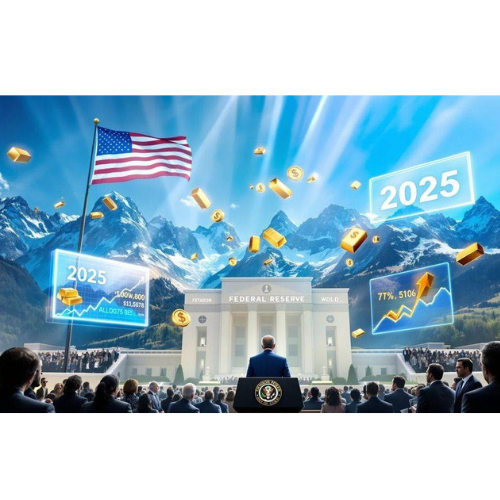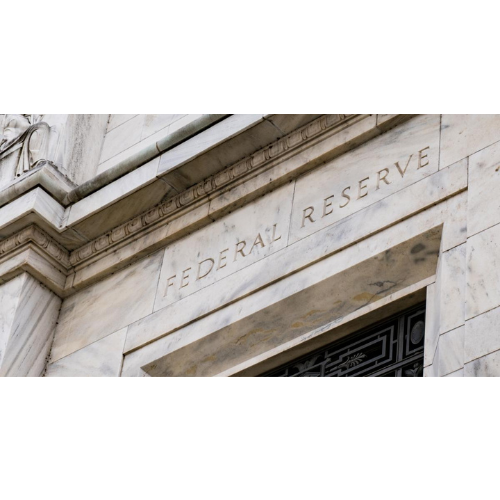The Federal Reserve Will Cut Rates This Week — And Here’s Why That’s the Right Call
The Federal Reserve’s September 2025 meeting is a historic inflection point. After nearly two years of restrictive monetary policy aimed at taming inflation, the Fed is now poised to cut interest rates by 25 basis points. This move will mark the beginning of a new easing cycle, and it’s not just likely—it’s inevitable.
The Economic Backdrop: Inflation Has Been Defeated
The Fed’s aggressive rate hikes since early 2023 have achieved their primary goal: inflation is under control.
- Core CPI has dropped to 2.4% year-over-year, nearing the Fed’s 2% target.
- PCE inflation, the Fed’s preferred metric, is now at 2.1%, confirming disinflation across consumer categories.
- Wage growth has normalized, and supply chain pressures have eased.
The inflationary crisis is over. Holding rates at elevated levels now risks overcorrecting the economy into a recession.
Growth Is Slowing — Fast
While inflation has cooled, the U.S. economy is showing signs of fatigue:
- Q2 GDP growth was just 0.8% annualized, far below expectations.
- Consumer spending is weakening, especially in retail and services.
- Business investment has stalled, with capital expenditures down 6% quarter-over-quarter.
- Unemployment has ticked up to 4.2%, with job openings falling sharply.
The Fed’s dual mandate is price stability and maximum employment. With inflation tamed and labor markets softening, the case for easing is not just strong—it’s urgent.

The Fed Will Cut Rates — Here’s the Evidence
1. Forward Guidance Has Shifted
In recent speeches, Fed Chair Jerome Powell has subtly but unmistakably signaled a pivot. His Jackson Hole remarks emphasized “risk management” and the need to avoid “unnecessary economic pain.” That’s central banker code for: we’re ready to ease.
2. Market Expectations Are Locked In
Fed Funds Futures now price in a 100% probability of a 25bp cut at this meeting. The bond market has rallied, with the 10-year Treasury yield falling to 3.85%, reflecting expectations of looser policy.
3. Political Pressure Is Mounting
President Donald Trump has publicly urged the Fed to cut rates, citing the burden on American families and small businesses. While the Fed is independent, it operates within a political context—and ignoring these pressures could undermine its credibility.
Why Waiting Would Be a Mistake
Some hawkish voices argue that the Fed should wait another quarter to ensure inflation doesn’t rebound. That argument is flawed for three reasons:
A. Monetary Policy Operates With Lag

Rate hikes take 6–12 months to fully impact the economy. The damage from past tightening is still unfolding. Waiting longer risks deepening the slowdown unnecessarily.
B. Global Central Banks Are Already Easing
- The European Central Bank cut rates in August.
- The Bank of Canada and Reserve Bank of Australia have signaled dovish pivots.
- Emerging markets are easing to support growth.
If the Fed delays, it risks isolating itself and strengthening the dollar, which would hurt U.S. exports and global liquidity.
C. Financial Stability Is at Risk
High rates have strained credit markets. Corporate defaults are rising, and regional banks are under pressure. A rate cut would ease funding stress and stabilize the financial system.
Market Impact: What to Expect After the Cut
Equities
- Tech stocks will rally, driven by lower discount rates and improved growth prospects.
- Financials may lag initially but benefit from improved credit conditions.
- The S&P 500 could break above 5,300 in the coming weeks.
Bonds
- Treasury yields will fall further, especially on the short end.
- Credit spreads will tighten, boosting corporate bond performance.
Commodities
- Gold will continue its surge, potentially reaching $3,800/oz.
- Oil may stabilize, as growth expectations improve.
Currency
- The U.S. dollar will weaken modestly, supporting global trade and emerging markets.
This rate cut is just the beginning. Analysts expect two more cuts by mid-2026, bringing the Fed Funds rate down to 4.25%. That would restore balance to the economy and support a soft landing.
However, risks remain:
- If inflation rebounds due to energy shocks or wage pressures, the Fed may need to reverse course.
- Asset bubbles could form in housing and tech.
- Fiscal policy will need to complement monetary easing to ensure sustainable growth.
The Fed Will Cut — And It’s the Right Move
The September 2025 Federal Reserve meeting will result in a 25 basis point rate cut, marking a decisive shift in U.S. monetary policy. With inflation under control and growth faltering, the Fed has no choice but to act.
This move will stabilize markets, support employment, and restore confidence!
